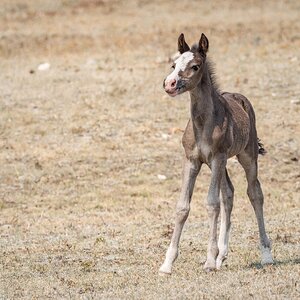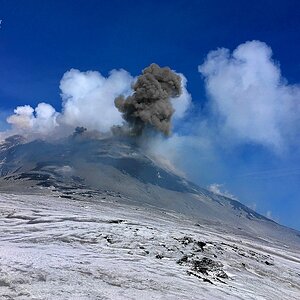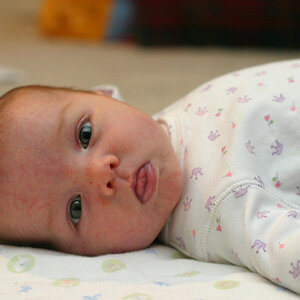genekogan
TPF Noob!
- Joined
- Jul 18, 2014
- Messages
- 1
- Reaction score
- 0
- Location
- new york, ny
- Can others edit my Photos
- Photos OK to edit
Hi all,
I am in upstate New York with my Canon Rebel Xsi, and I'd like to create a timelapse of the stars (starlapse, you can see these on youtube/vimeo). I have an AC adapter and extension cord from the house, and special software for triggering them from my laptop (EDSDK). I'd like to leave the camera outside overnight to collect pictures.
My only concern is protecting the camera from the elements. It should not train, but it gets moist and dewy overnight, and I am wondering if the moisture in the air could damage the camera or the lense. What precautions do I need to take to protect the camera, if any?
I am in upstate New York with my Canon Rebel Xsi, and I'd like to create a timelapse of the stars (starlapse, you can see these on youtube/vimeo). I have an AC adapter and extension cord from the house, and special software for triggering them from my laptop (EDSDK). I'd like to leave the camera outside overnight to collect pictures.
My only concern is protecting the camera from the elements. It should not train, but it gets moist and dewy overnight, and I am wondering if the moisture in the air could damage the camera or the lense. What precautions do I need to take to protect the camera, if any?


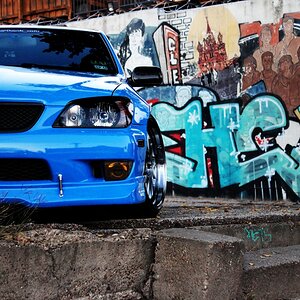
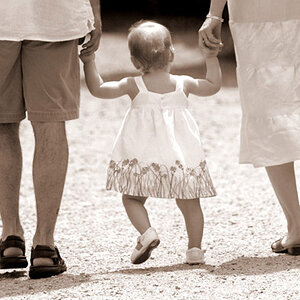
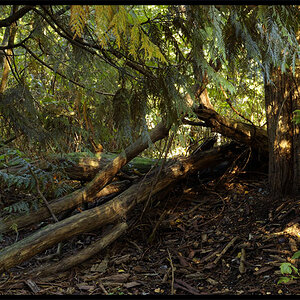
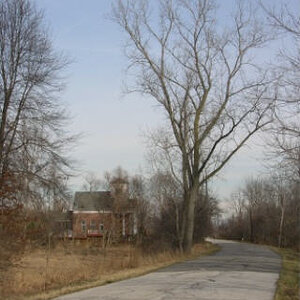
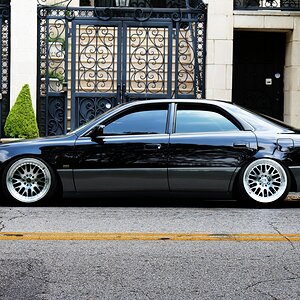
![[No title]](/data/xfmg/thumbnail/41/41899-007f14ae0d832ef200fd62eedc4da42e.jpg?1619739936)
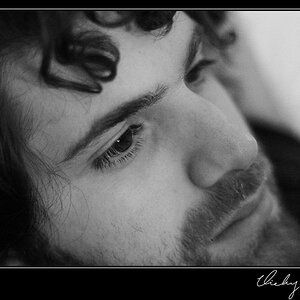
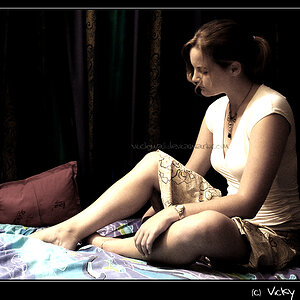
![[No title]](/data/xfmg/thumbnail/41/41898-2c70795ddfa6b397714acc28e3e5d36f.jpg?1619739936)
